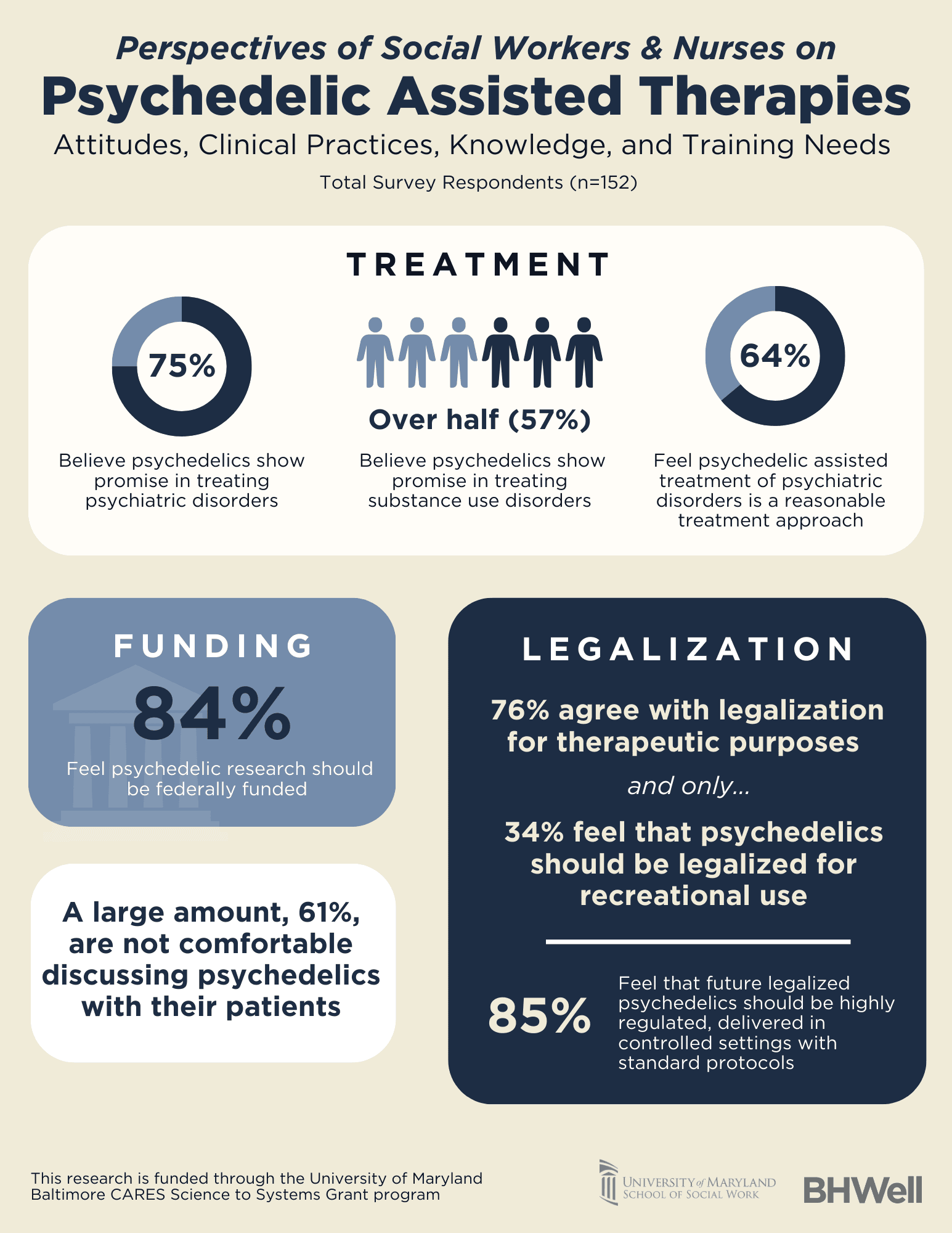Gaudi's Masterpiece Ascends Again, Sagrada Familia Captures Global Imagination
A new CBS News segment spotlights how Antoni Gaudi's life's work is climbing both literally and symbolically as construction and conservation efforts accelerate ahead of a landmark centenary. The unfolding project matters because it fuses centuries old visionary design with modern engineering, reshaping Barcelona's economy, identity, and the global conversation about heritage in the age of mass tourism.
Listen to Article
Click play to generate audio

CBS News turned its lens this month to the Sagrada Familia, bringing renewed attention to Antoni Gaudi's sprawling and still unfinished basilica as scaffolding and cranes frame its stone spires. The building has always been both a work in progress and an icon, begun in 1882 and transformed by Gaudi into an architectural manifesto that married Catalan modernist aesthetics with structural daring. Nearly a century after the architect's death in 1926, the site now embodies the tensions and triumphs of conserving an ambitious work while bringing it to physical completion.
Technically the project is a study in continuity and adaptation. Gaudi's reliance on ruled surfaces and natural forms made drawings only part of the equation. He left models, fragments, and a radical logic of form. Contemporary engineers have translated those signals into digital models, stone carving guided by three dimensional scanning, and advanced structural analysis that preserves the spirit of Gaudi's geometry while meeting modern safety standards. The planned central tower, intended to crown the complex and to be among the tallest religious structures in Europe, has become a visible symbol of that bridging of eras.
Economically the Sagrada Familia is a linchpin for Barcelona. Revenues from tickets, tours, and related commerce underpin ongoing construction and conservation work, provide thousands of jobs, and feed an ecosystem of hospitality and cultural services. That financial engine also feeds a debate about the costs of fame. Residents and urban planners continue to wrestle with overcrowding, soaring property values in adjacent neighborhoods, and the strain of a global audience that treats the city as a must see location rather than a lived environment. How the foundation managing the basilica balances tourist income with neighborhood livability will be watched closely by other heritage sites grappling with overtourism.
Culturally the site remains charged. For many Catalans, Gaudi is a vessel of regional pride and distinct identity. For the international public, the basilica exemplifies a leap in architectural imagination where faith, nature, and structure converge. The work also poses questions about authorship. Completing a design across eras raises complex curatorial choices about fidelity to original intent versus necessary interpretation. That debate mirrors broader industry trends in conservation, where digital preservation, adaptive craftsmanship, and participatory decision making are reshaping what it means to finish, restore, or alter historic works.
The Sagrada Familia also highlights the business of heritage in the 21st century. Foundations, public authorities, and private contractors must negotiate funding, regulatory oversight, and the use of advanced manufacturing in stone and metal to meet both aesthetic and safety goals. Those commercial dynamics have implications far beyond Barcelona, offering a template for other cities where iconic structures require costly, long term stewardship.
As the scaffolding gives way to carved ornament and stained glass that filters Mediterranean light in new ways, Gaudi's project continues to function as a living laboratory. It is a reminder that great works do not simply belong to the past. They are active agents in urban life, economic strategy, and cultural identity. CBS News's spotlight serves as a prompt to consider how societies choose to complete what their forebears began, and at what cost and for whose benefit those completions are made.


